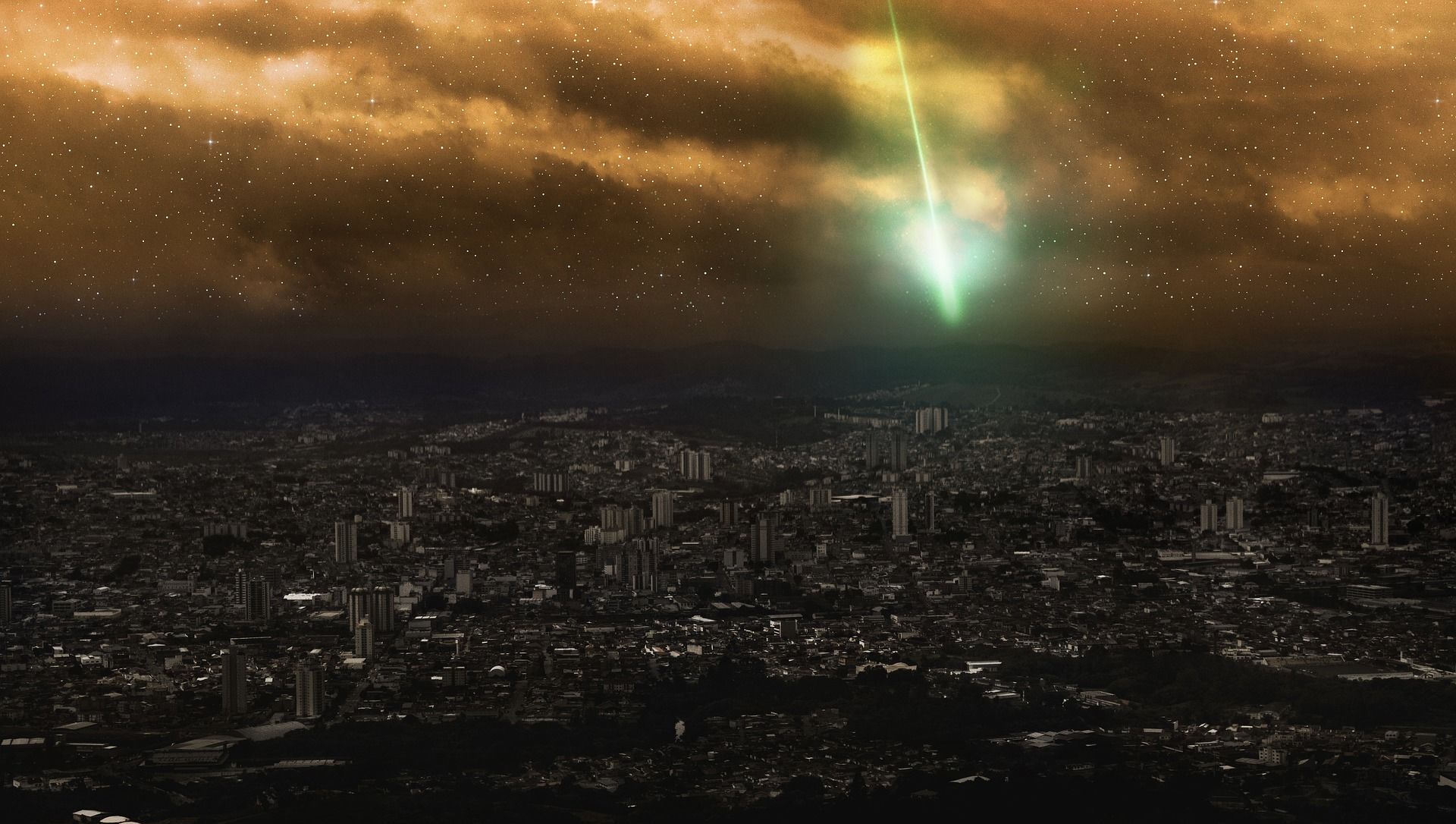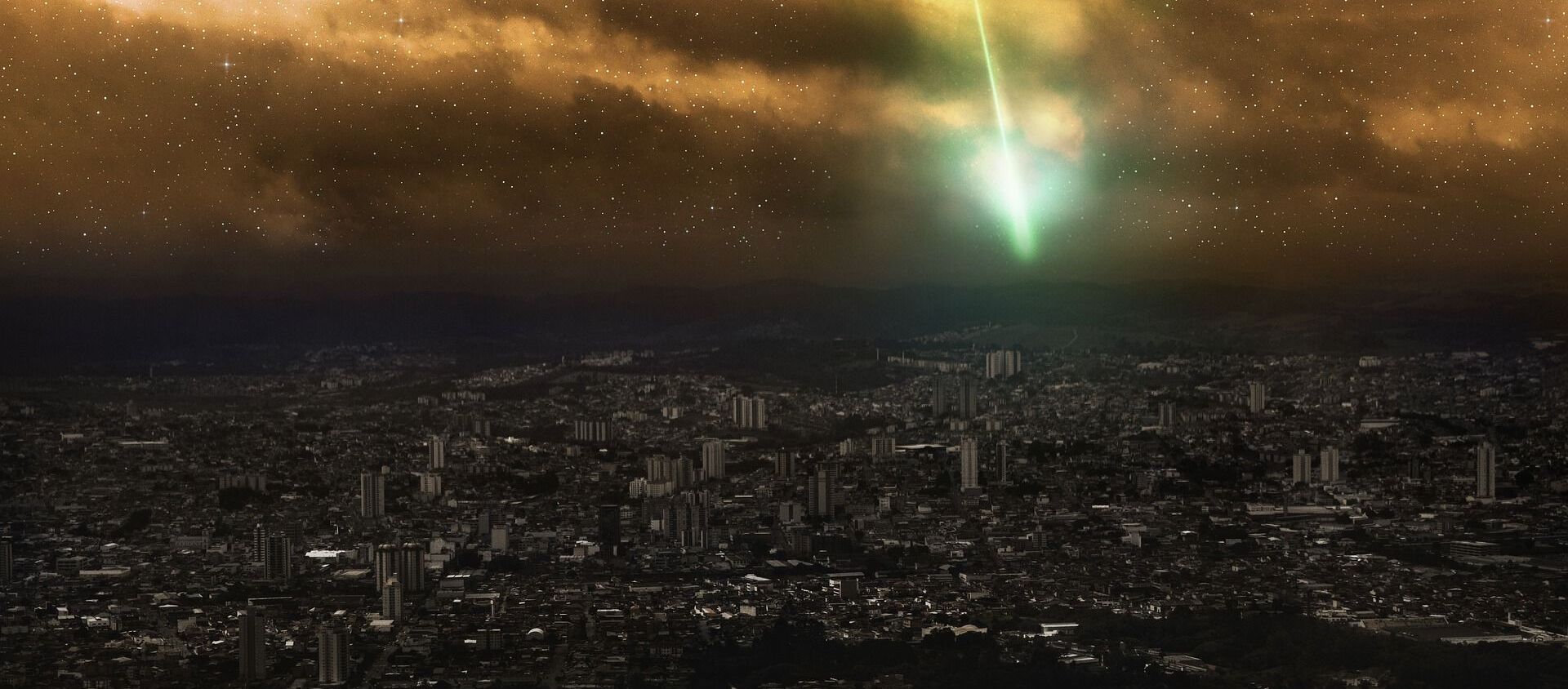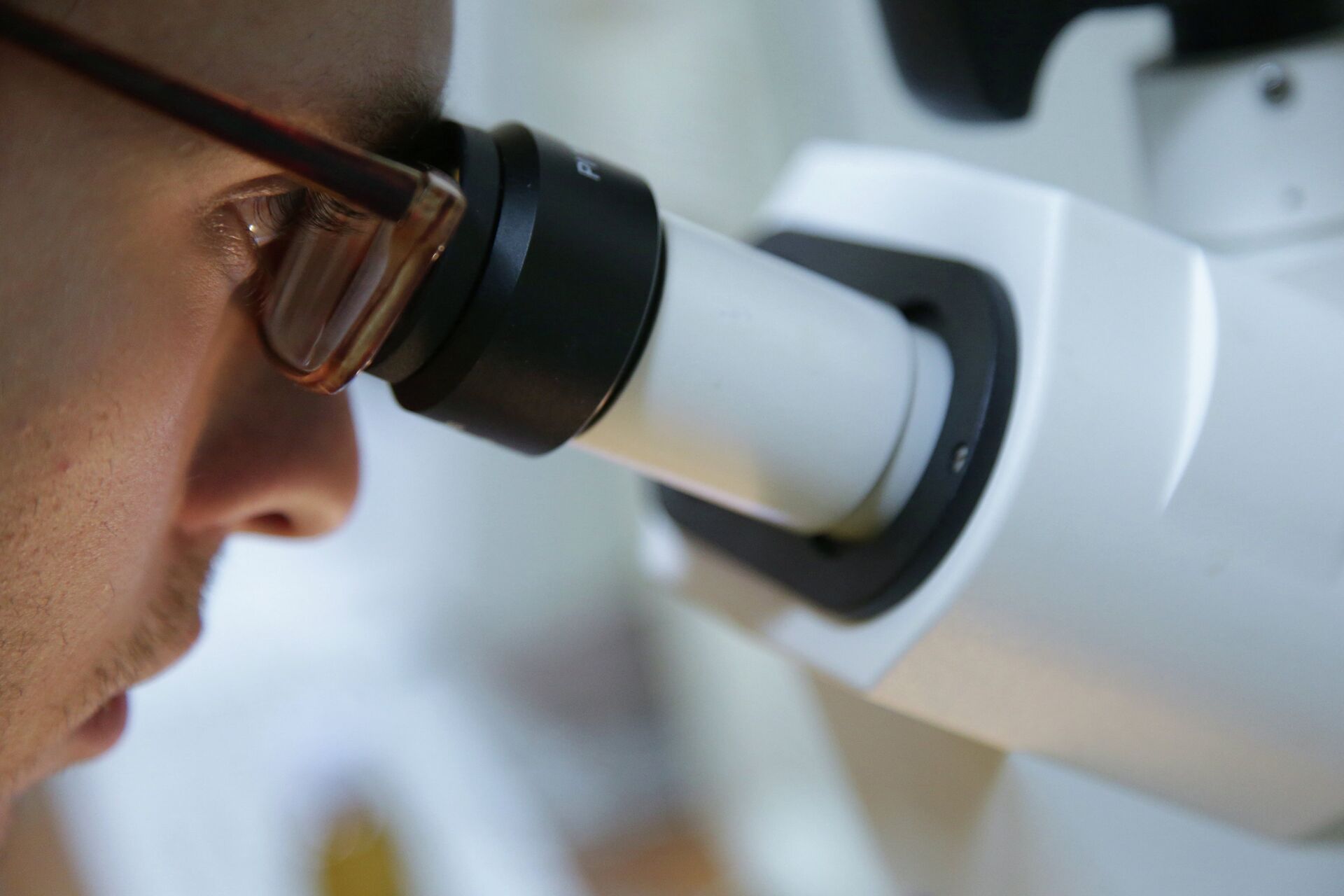A new study has cast doubt on astrologers' assumptions about how the atmospheres of other rocky planets similar to Earth came into existence; to date, these beliefs have underpinned research work on prototyping the birth of such atmosphere.
The recent findings have been published in the Nature Astronomy journal.
For the new research, a group of scientists heated up pieces of a meteorite in a high-temperature furnace and observed the gases being released.
The collected data may prove crucial in the future when “we start being able to observe exoplanet atmospheres with new telescopes and advanced instrumentation,” explained the study's lead author Maggie Thompson, a graduate student in astronomy and astrophysics at UC Santa Cruz.
The researchers focused on three meteorites: Murchison, which is rich in organic compounds and landed in Australia in 1969; Jbilet Winselwan found in Western Sahara in 2013; and Aguas Zarcas, which ended up in Costa Rica’s Alajuela province in 2019.
Despite the trio of space rocks originating from our own solar system, the researchers believe they hide huge potential.
“It may seem arbitrary to use meteorites from our solar system to understand exoplanets around other stars, but studies of other stars are finding that this type of material is actually pretty common around other stars,” explained co-author Myriam Telus, assistant professor of Earth and planetary sciences at UC Santa Cruz.
By heating the rocks, researchers aimed to recreate the process of a planet's birth using pieces of meteorite that belong to substance-rich carbonaceous chondrites, which have a similar composition to the Sun and planets in our solar system.
“When the building blocks of a planet are coming together, the material is heated and gases are produced, and if the planet is large enough the gases will be retained as an atmosphere,” added Telus.
“We’re trying to simulate in the laboratory this very early process when a planet’s atmosphere is forming so we can put some experimental constraints on that story."
The experiment was conducted at scorching temperatures – up to 1,200 degrees Celsius – and the furnace is equipped with a mass spectrometer and vacuum that enabled the scientists to study the released gases as the rocks burned.
They found that the lion’s share of the gas was water vapour, while large quantities of carbon monoxide and carbon dioxide were also detected. Hydrogen and hydrogen sulphide were registered in lower quantities.
During past work on the models of planetary atmospheres, researchers typically assumed they had a similar make-up to that on our Sun, referred to as “solar abundances” and dominated by hydrogen and helium.
It's thought that larger planets like Jupiter created their atmosphere from gaseous clouds originating from their own star.
However, planets like Earth are thought to have created atmospheric layers largely made up of gasses released from their surface, in what is commonly referred to as “outgassing,” Telus explained.





